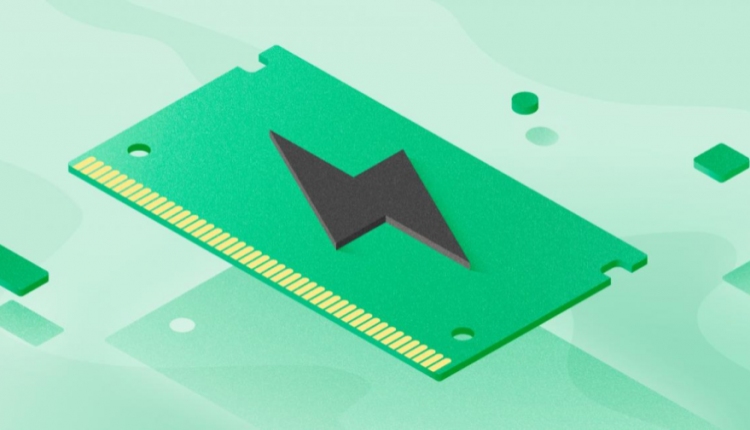
Energy-efficient Data Storage Prototype Developed Using Quantum Mechanics
By Ruth Seeley
With more than 3% of power generated worldwide devoted to maintaining data storage, our need for more energy-efficient ways to store data grows exponentially as the amount of data we want to store increases.
Traditionally, data is encoded as binary zeros and ones that map to microscopic magnets, known as spins, Switching bits between two basic states requires remagnetization via a magnetic field pulse. Quantum mechanics now offers a solution for fast and energy-efficient data storage, as a team led by researchers from the Moscow Institute of Physics and Technology has achieved material magnetization switching in as little as three picoseconds at a minimal energy cost.
Sebastian Baierl from the University of Regensburg in Germany, Anatoly Zvezdin from MIPT in Russia, Alexey Kimel from Radboud University Nijmegen in the Netherlands and Russian Technological University MIREA, first proposed a way for rapid spin switching in thulium orthoferrite via T-rays in 2016. Their technique for remagnetizing memory bits proved faster and more efficient than using magnetic field pulses. This effect stems from a special connection between spin states and the electrical component of a T-ray pulse.
“The idea was to use the previously discovered spin switching mechanism as an instrument for efficiently driving spins out of equilibrium and studying the fundamental limitations on the speed and energy cost of writing information. Our research focused on the so-called fingerprints of the mechanism with the maximum possible speed and minimum energy dissipation,” commented study co-author Professor Alexey Kimel of Radboud University Nijmegen and MIREA.
Spin states were exposed to specially tuned T-pulses. Their characteristic photon energies are on the order of the energy barrier between the spin states. The pulses last picoseconds, which corresponds to one light oscillation cycle. The team used a specially developed structure comprised of micrometer-sized gold antennas deposited on a thulium orthoferrite sample.
As a result, the researchers spotted the characteristic spectral signatures indicating successful spin switching with only minimal energy losses imposed by the fundamental laws of thermodynamics. For the first time, a spin switch was complete in a mere 3 picoseconds and with almost no energy dissipation. This shows the enormous potential of magnetism for addressing the crucial problems in information technology. According to the researchers, their experimental findings agree with theoretical model predictions.
The joint work of several research teams has led to the creation of a structure that is a promising prototype of future, energy-efficient data storage devices. Such devices would be compact and capable of transferring data within picoseconds. Fitting this storage with antennas will make it compatible with on-chip T-ray sources.
